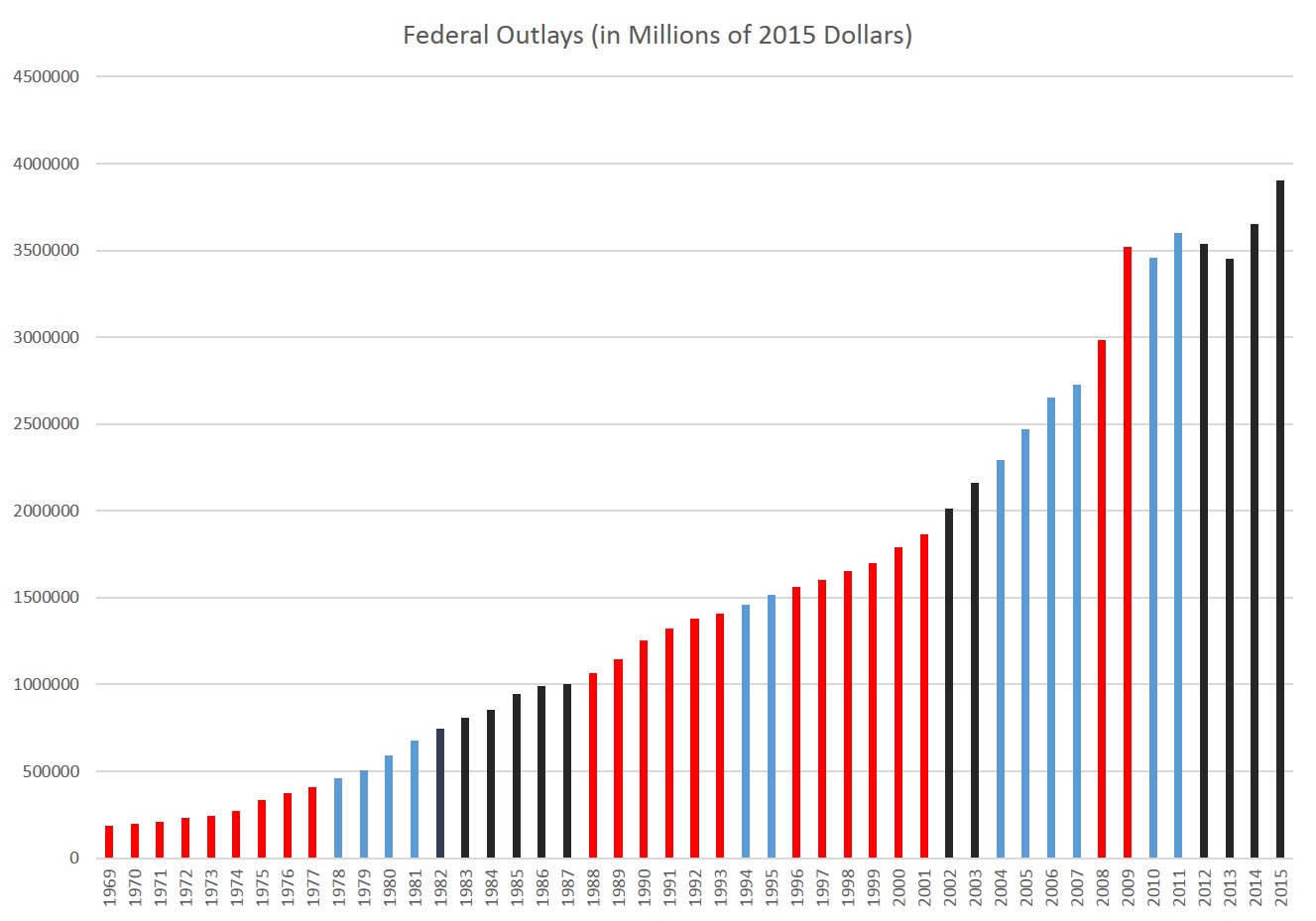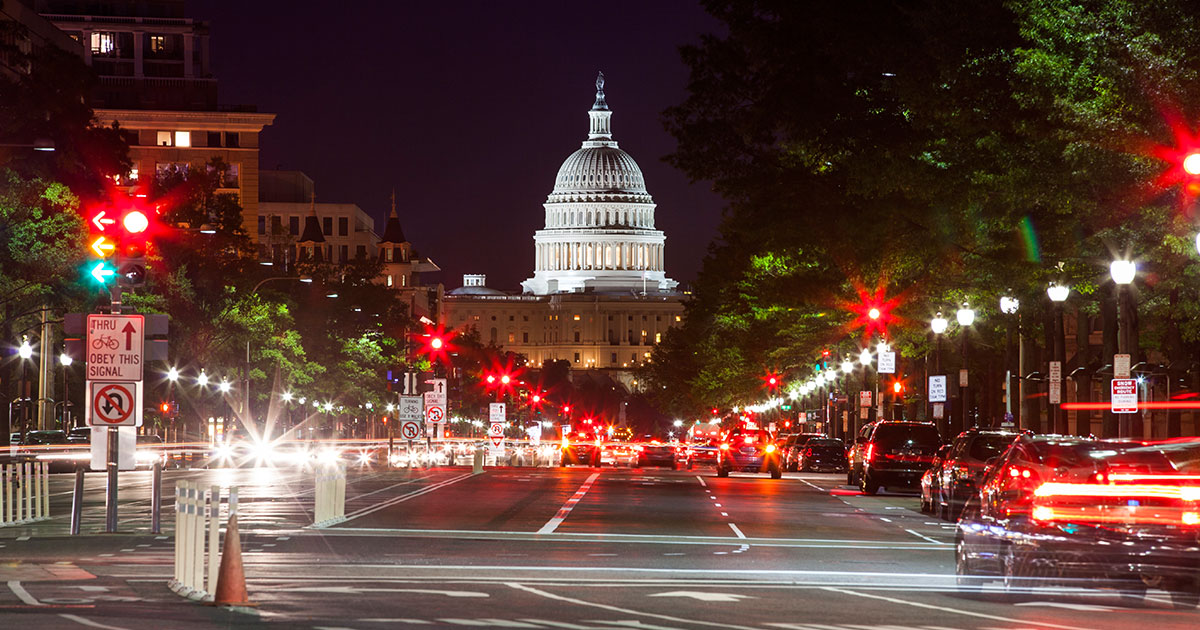

But nowadays, political parties and politicians are failing to follow the tenets of democratic norms due to extreme partisan polarization. Democrats and Republicans alike would confirm Supreme Court Justices with overwhelming bi-partisan support.

In the United States, we’ve seen how these democratic norms preserve our political climate. Forbearance is considered as politicians practicing restraint and not maximizing their own partisan advantage if they are in control of government institutions. Mutual toleration is when political parties accept and honor the legitimacy of their opposition. These democratic norms are critical for sustaining a thriving democracy. Known as the soft guardrails of democracy, these are the democratic norms of mutual toleration and forbearance. However, there are measures in place within the United States that encourage compromises between political parties and promote bi-partisan legislation. These policy riders can cause disagreement among political parties because of polarization on the elite-level, which is when politicians clash on policy and legislative issues. This often occurs when Democrats and Republicans introduce “policy riders,” which are legislative amendments and partisan priorities that are added to a budgetary bill. Why? Well, it’s because shutdowns happen when Congress can’t agree on the spending bill for the fiscal year. This increase in governmental shutdowns is a direct result of growing Congressional division. But since 2013, there have been 4 government shutdowns, the one in 2018 being the longest. Prior to 2013, the last government shutdown was in 1996. Just take a look at the history of government shutdowns in the United States and how they occur. The rise in party polarization at the elite level and lack of regard for democratic norms makes one thing evident: The United States is experiencing symptoms of democratic erosion, and government shutdowns are just one example of this backsliding of democratic values. Could politicians respect one another enough to agree to pass a bi-partisan piece of legislation? And if not, what does this polarization mean for the future of democracy in the United States?īased on the current political climate, it’s become rapidly clear that politicians are unable to come to a consensus on policy issues. But it’s less of a matter of should, and it’s more of a matter of could. For the sake of the 2 million government workers who would be affected by another government shutdown, it’s clear that politicians should agree on federal funding. Starting in December 2018, it lasted for 35 days during the Trump administration and reduced the country’s economic growth by $3 billion. The last government shutdown was the longest shutdown in history. Who knows if the official spending bill will get approved by the new deadline of March 11 that Congress has established for themselves?Ĭongressional gridlock and party polarization can easily cause the country to fall into a government shutdown, an experience we know all too well. As a result, months and months of temporary spending bills have been passed, with no clear end in sight. The formal deadline to pass spending legislation was September 2021, but due to divisions in the Senate between Republicans and Democrats, neither side has been able to agree on the allocation of funding. Congress recently passed a short-term spending bill to narrowly avoid entering a government shutdown.


 0 kommentar(er)
0 kommentar(er)
